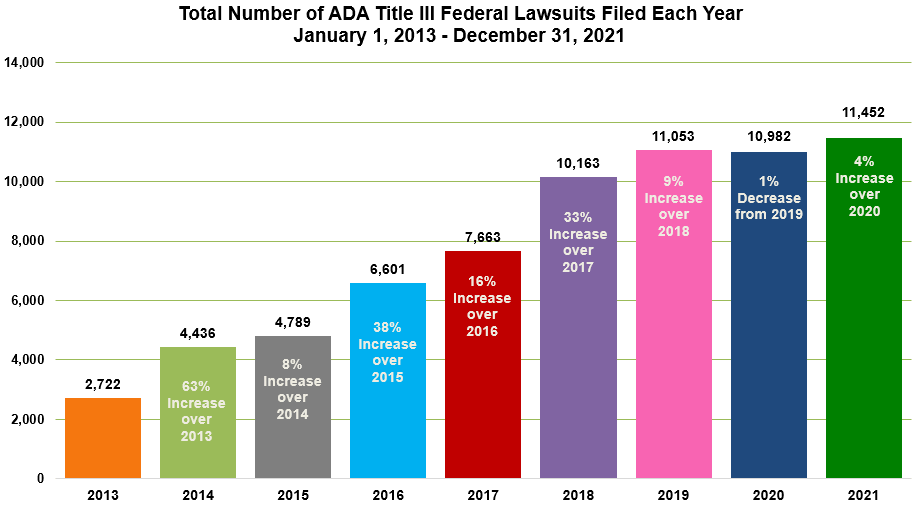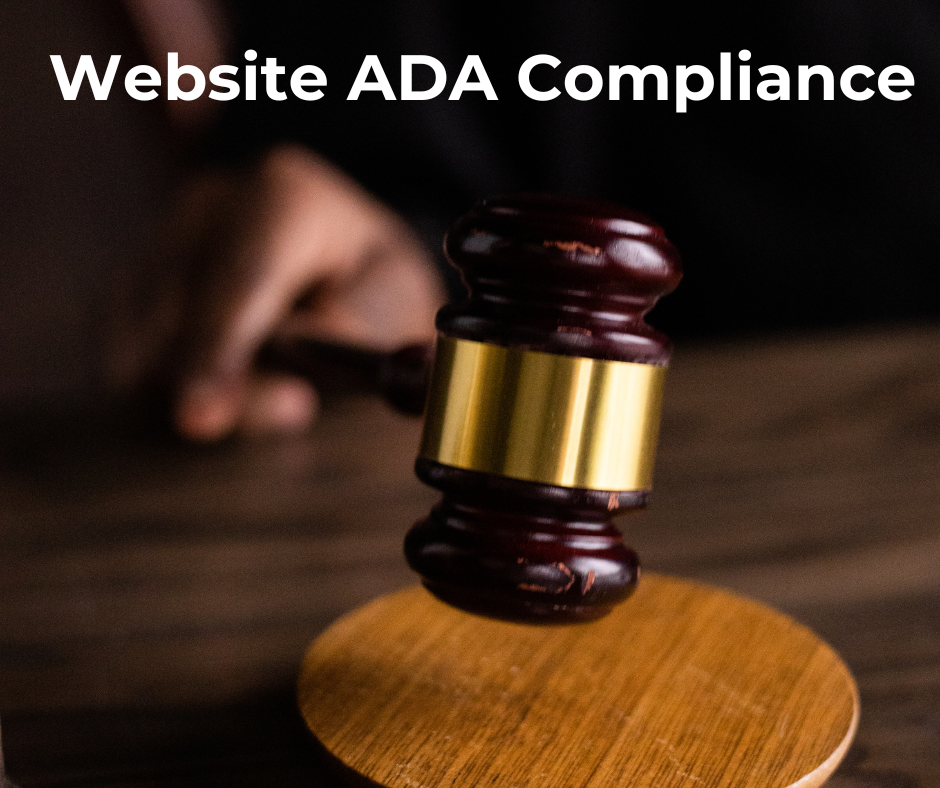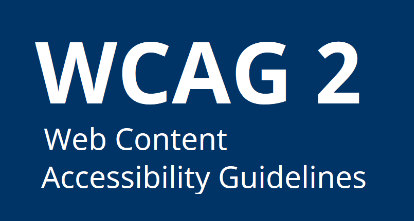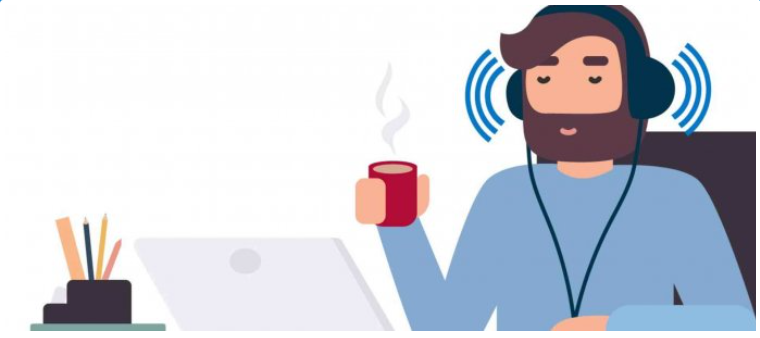ADA Web Accessibility Trends in 2022 will revolutionize the way businesses and organizations approach web accessibility.
The Americans with Disabilities Act (ADA) requires that all digital platforms are accessible to people with disabilities. Failure to comply can result in legal repercussions. As such, staying up-to-date with the latest web accessibility trends is critical for businesses. This ensures their online presence is inclusive and accessible to everyone.
The focus shifts to creating more inclusive online experiences for people with disabilities. As technology advances and more people rely on digital platforms for daily activities, web accessibility becomes increasingly crucial.
In this article, delve into five trends expected to shape the field of web accessibility in the coming year. Hopefully, this will help businesses and organizations make their websites and applications more accessible to everyone.
Why Web Accessibility Matters?
15 percent of the overall population which seems to be around 1 billion people experience some disability. The form of disability can vary from person to person such as the following:
- Autism
- Hearing impairment
- Visual impairment
- Learning difficulties
- Attention disorders
Your support shows you are willing to help people with disabilities navigate the online world in a simpler manner. You will drive more web traffic because you cater to the needs of all users.
A Closer Look at Web Accessibility Standards
Let us take a closer look at the basics of WCAG standards:
- Perceivable – The site is able to accommodate the different sensory differences of people
- Operable – It helps to make certain that navigation and user interface components are usable by all users
- Understandable – People can easily understand the information available on web pages.
- Robust- It helps to make sure that site is compatible with existing and future agents like assistive technologies and browsers
Prediction 1: The web will slowly continue to become more accessible

The two annual accessibility reports i.e. WebAIM and SOAR demonstrated that a million web pages were inaccessible. However, the rate of web accessibility is slowly improving.
In the year 2021, WebAIM noted 97.4% homepages failed WCAG 2 standards. This is down from 98.1% in 2020, which indicates that more websites will become accessible.
The SOAR report looks closely at the testing process and carries out manual testing. Out of 100 websites, 62 per cent were accessible to screen readers. This is an increase from 40 per cent in the year 2020.
Considering the above aspects, there are two trends in web accessibility:
- Larger companies are more likely to be sued due to their deep pockets. Maybe due to DEI initiatives or increased budget, companies are rapidly becoming accessible.
- A smaller organization that incorporates fewer resources means that such companies can also get sued.
Prediction #2: Digital accessibility lawsuits will continue to increase

2021 represents an expected continuous increase in accessibility litigation. Courts saw an influx of more than 400 lawsuits. Florida and New York courts review the court decisions which will keep the numbers from hitting 5000 in 2022.
According to a survey, 84% companies on Forrester are concerned about accessibility. This leaves 16% of companies that are at risk. Moreover, the judgement in the Hooter’s case clearly demonstrates that individuals can sue any organization:
- If they have entered into a settlement agreement with another party
- If they include remediation efforts underway
Anyone can face a potential lawsuit, unless accessibility is a part of all customer-facing websites and mobile applications.
Prediction #3: More settlement agreements and verdicts squeeze out accessibility overlay and widgets.

If you believe overlay vendors, accessibility overlays are available on millions of web pages to thousands of users. The ADA compliance settlement agreements have begun to roll in, with an important case settled toward the end of 2021.
Case in point: San Francisco Lighthouse for the Blind and Visually Impaired vs. ADP TotalSource. This case is to overlays what the Domino’s case was to accessibility litigation.
In October 2017, Lighthouse, based in San Francisco, acquires Workforce Now’s human resources and payroll services. They support the independence, equality, and self-reliance of people who are blind or have low vision. Blind employees faced difficulties using the Workforce Now website and mobile app. They were unable to carry out HR-related operations, like clocking in and out, seeking time off, and accepting time off requests.
In September 2020, ADP and its parent company Automatic Data Processing, Inc. face a class action lawsuit in a San Francisco County Superior Court. The defendant sued ADP for failing to make their market-leading products and services accessible to blind managers and employees.
The lawsuit claimed that ADP California civil rights and anti-discrimination law. The services were inaccessible to blind professionals who utilize assistive technology like screen readers. In December 2020, ADP transferred the matter to the Northern District of California.
ADP came to an agreement in October 2021 to make its cloud-based services accessible.
Prediction #4: WCAG 2.2 is the new accessibility standard
WCA2 2.2 will become final, hopefully in the Q1 of the year 2022. The most difficult WCAG 2.2 criteria to implement is the authentication, an A- level criterion. If any component of your website requires login, you need to make sure password-less authentication passes WCAG 2.2 criteria.

Prediction #5: Choose Readability
Being understandable is one of the web content accessibility guidelines standards and guidelines. The simplest way to do such a thing is to choose readability while making online content. People with dyslexia and ADHD seem to be more challenged and affected when it comes to reading online content.
Choosing simple language and short sentences helps to make sure that more people will be able to comprehend the information available on the website. It is significant to remember that readability and substantial’s can go hand in hand.

codemantra’s ADA Website Compliance Services
Founded in 2002, codemantra is an AI-powered Intelligent Document Processing (IDP) company. It automates digital document accessibility compliance. The platform captures and extracts actionable insights from raw data. It uses AI to transform documents into formats such as XML, ePUB, MOBI, and other digital formats.
codemantra’s accessibiityInsightTM platform provides accessibility compliance for digital documents using AI-powered tools and IDP capabilities. It helps extract information and properties from documents, classify based on structure, and ensure compliance with ADA and WCAG standards. The platform consists of three modules: accessibilityCheck, accessibilityFix, and accessibilityReview.









